|
Jack Turner a
Welsh engineer and racing enthusiast was born in Abergavenny in
1916. After completing an engineering apprenticeship, he got a job
with the Gloucester Aircraft Company. During the Second World War he
served in the armed forces before getting a job with Whattons in
Wolverhampton, where he was in charge of the toolroom and made small
hand tools for fitting liners in re-bored engines.
In 1948 he
decided to set himself up in business and acquired the Old Smithy at
Seisdon, which he converted into a workshop. He advertised as a
sports car specialist and carried out all kinds of work from repairs
to modifications, and complete rebuilds of his customer’s cars. He
had obtained an old MG Magnette, which he restored and began to race
in competitions after obtaining a racing driver’s licence. He also
designed and built his own engines and developed a 4 cylinder,
500c.c. engine for Formula Three racing.
|
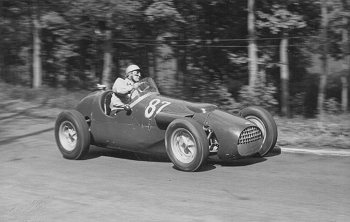
John Webb driving a 2 litre, Formula Two Turner
car at Prescott in 1955. Courtesy of the late Jim Boulton. |
One of his customers was John Webb, an
enthusiastic amateur driver who was joint managing director of Webb
Corbett Limited, a glass manufacturer based at Stourbridge.
Jack greatly modified John Webb’s MG K3
Magnette and it was extremely successful in competitions and became
known as a Turner. |
|
Jack decided to manufacture
his own sports cars and founded Turner Sports Cars (Wolverhampton)
Limited, with John Webb as a fellow director. John provided some of
the much needed finance.
In 1955 the company began to produce the first
production sports car, the Turner A30 from their premises at 32
Merridale Street, Wolverhampton. It had an Austin ‘A’ series engine
and a maximum speed of 80 mph. with a fuel consumption of 40 to
50 mpg. It sold for £674 and was also available as a kit car for
the home constructor.
|
|
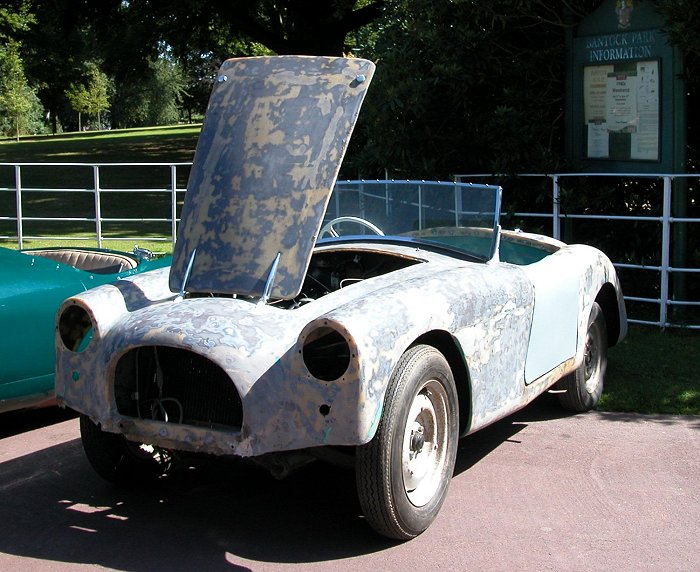
Brian Shaw's unrestored A30 from 1957. |
| The car soon became known as the Turner 803 because of its
engine capacity, and orders flowed in so that larger premises were
soon required. As a result the company moved
into a wartime pre-fabricated building, overlooking Wolverhampton’s
municipal airport at Pendeford. |
|
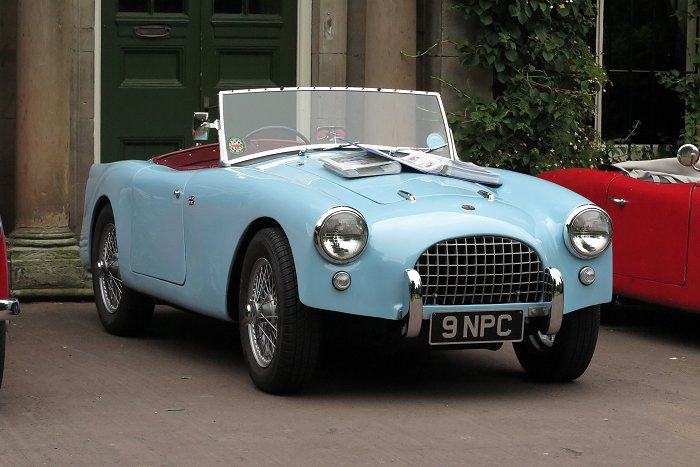
Ken Robbins' 950s. |
|
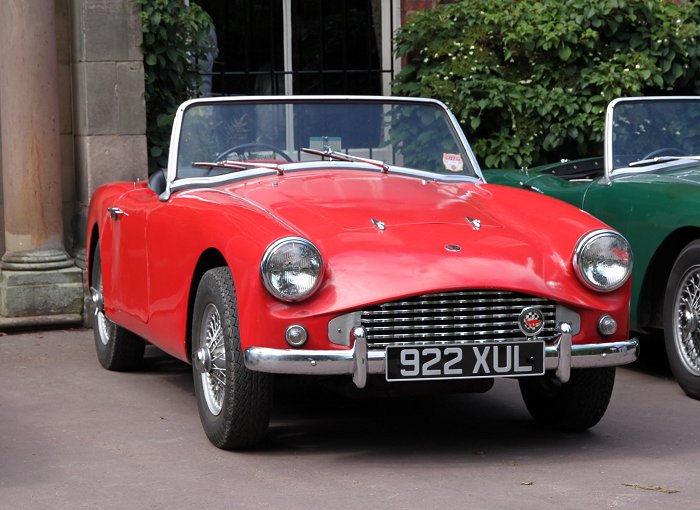
Roy Beasley's MK1 Turner Sports Car. |
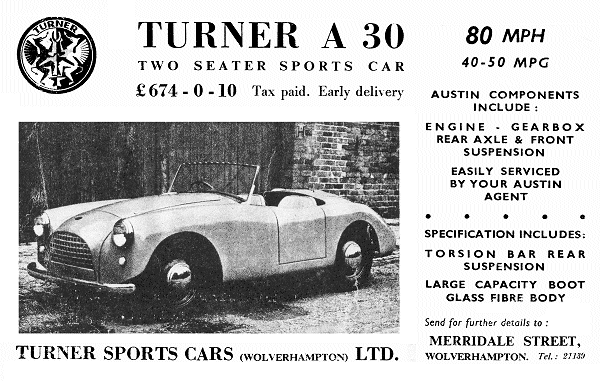
From 'Motor Racing' magazine, November 1960.
| The next Turner model, the 950 appeared in
1957 and around 170 were built. It was
superseded in 1959 with the introduction of the Turner 950 Sports Mk
1, which had a re-styled body, a BMC or Coventry Climax engine, and
a starting price of £550. |
|
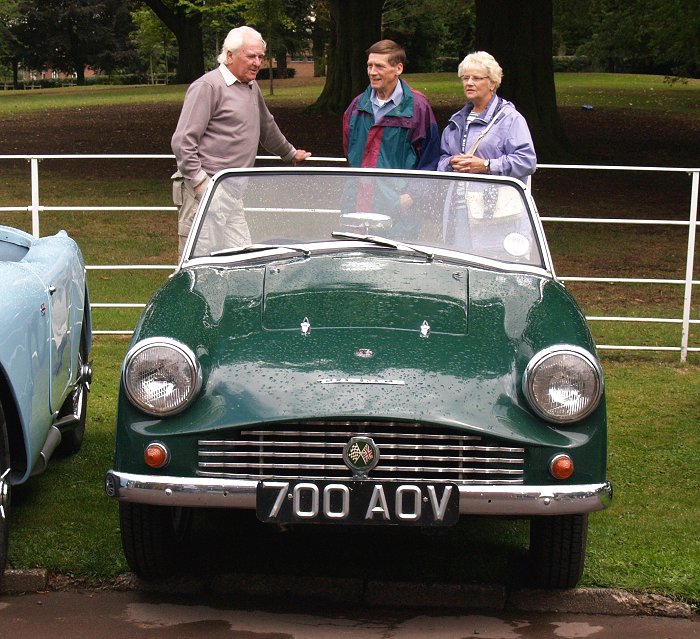
Nigel Taylor's MK1 BMC. |
|

An advert from 1959. |
| Late in 1960, the Sports Mk 2 was introduced
and followed three years later by Sports Mk 3, with an 80 bhp.
1,500 cc. Ford Cortina GT engine. The
car now had a top speed of 105 mph. and could achieve 0 to 60 mph.
in 10.5 seconds. Between 80 and 100 were built. |
|
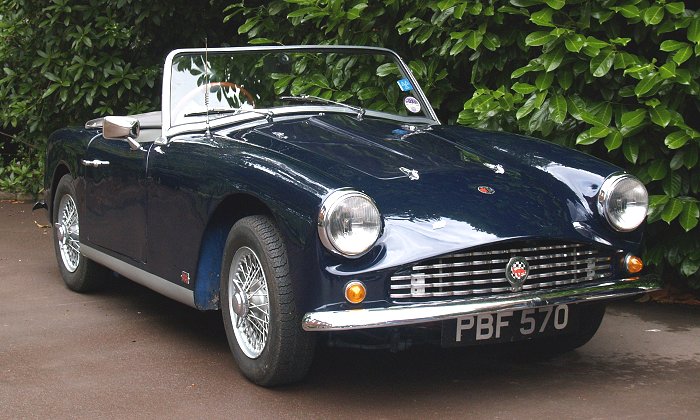
Ray Jones' Mark 2 BMC. |
|
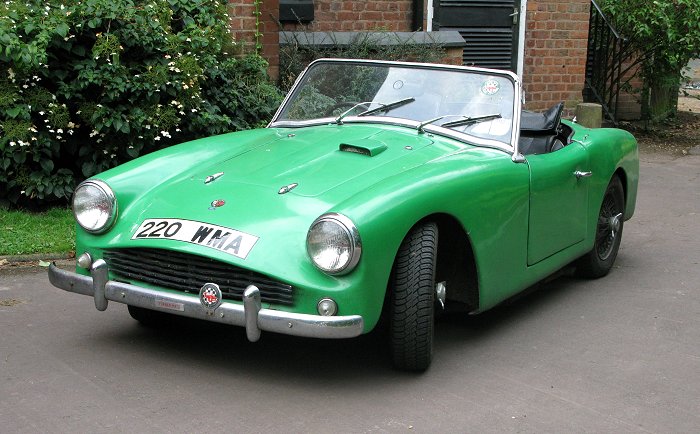
Ron Taylor's MK 2 Ford. |
| Towards the end of 1965, due to ill health, Jack Turner
decided to call it a day, and in March 1966 Turner Sports Cars
went into liquidation. It is thought that between 650 and 700 Turner
sports cars were built. |
|
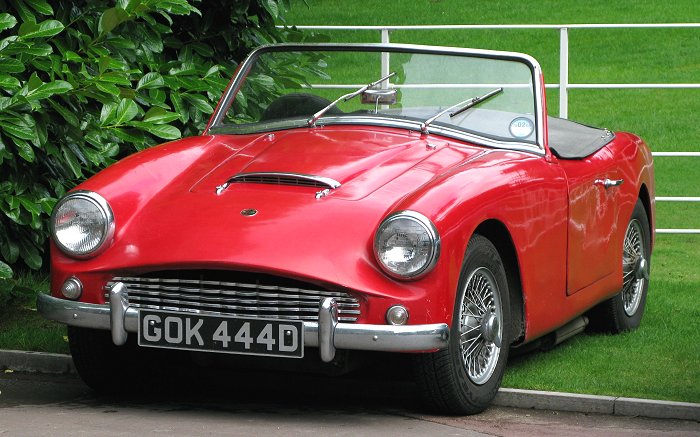
Brian Shaw's MK III Ford. |
|



